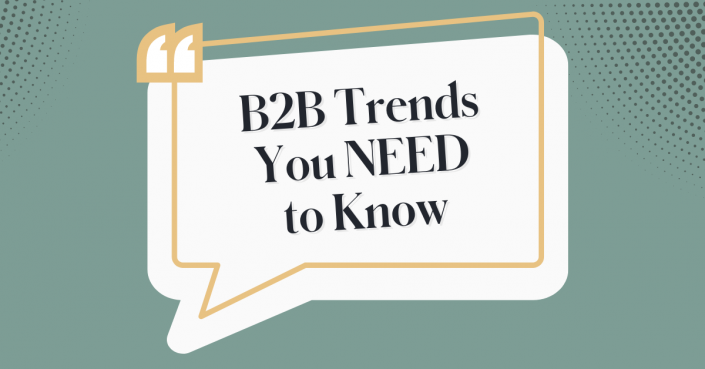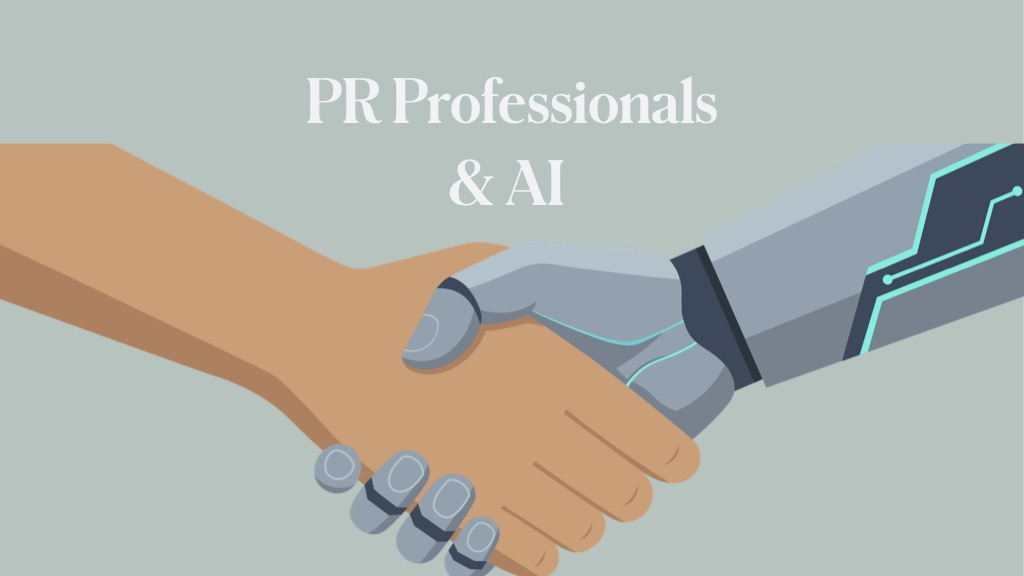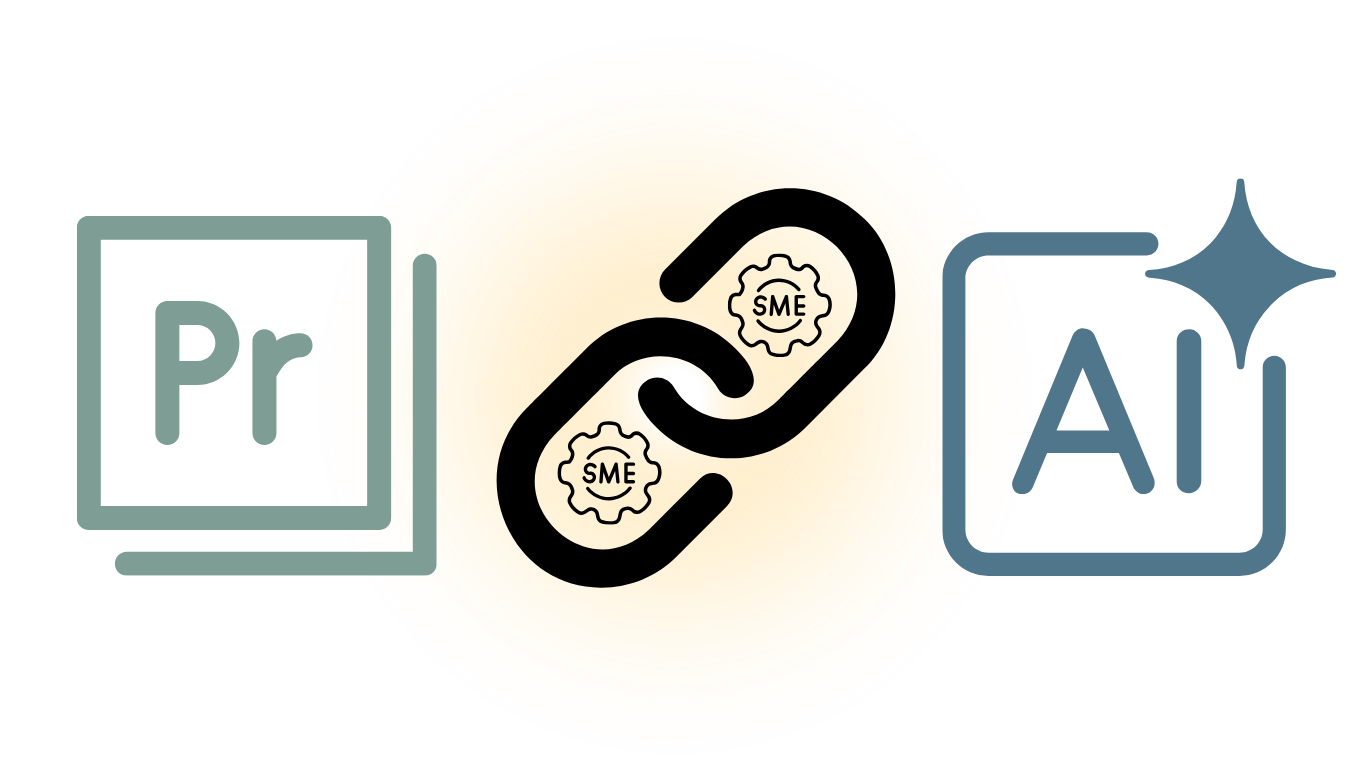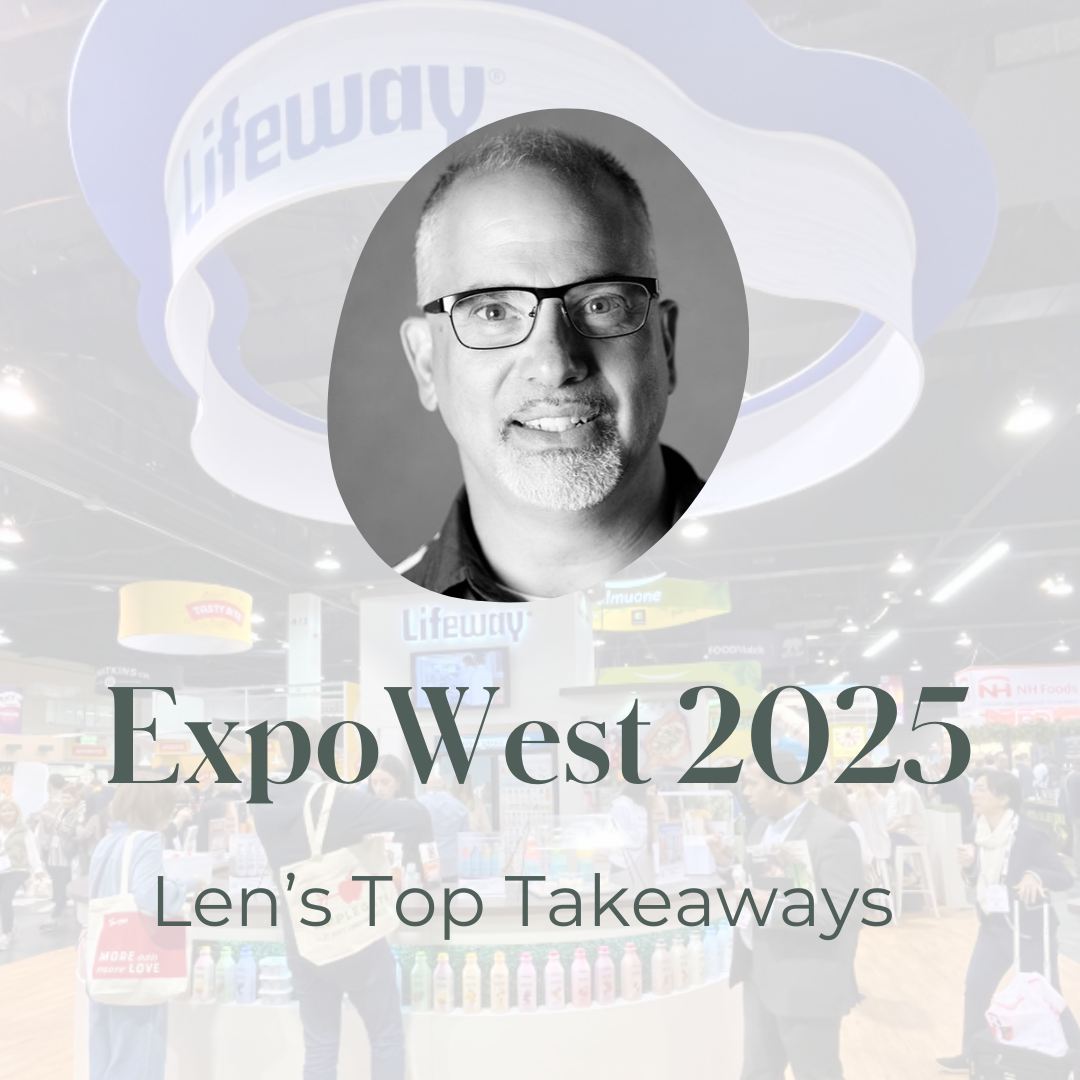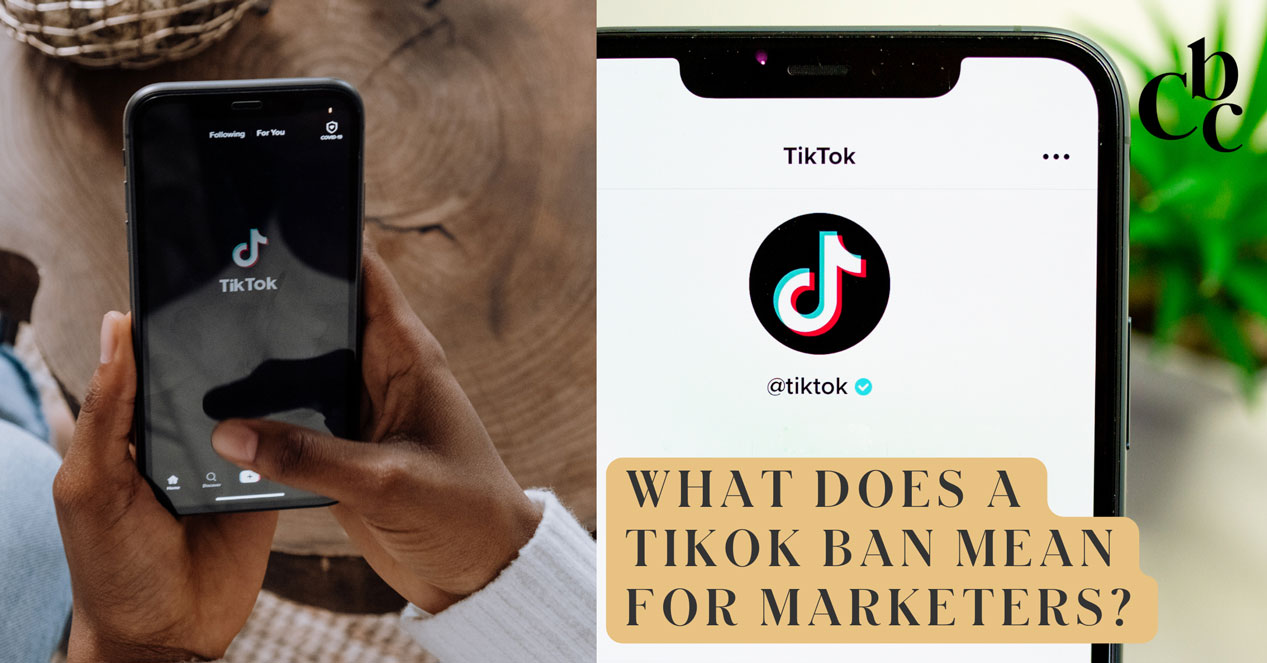As the world of B2B marketing rapidly evolves, businesses are constantly seeking ways to stay ahead. 2024 brings a fresh set of challenges and opportunities, with new trends shaping the landscape. From leveraging AI for deeper personalization to harnessing the power of video content, these emerging trends are pivotal in crafting successful B2B marketing strategies. Let’s delve into these key trends.
Navigating the Evolving B2B Marketing Landscape
The B2B marketing world is characterized by a strategic blend of advanced techniques and foundational approaches. Account-based marketing (ABM) and relationship sales are more pertinent than ever, pivoting towards personalized experiences and nurturing enduring customer relationships. These strategies are harmoniously integrated with emerging trends such as AI-driven personalization and the growing significance of video content, crafting a holistic approach to B2B marketing that resonates in today’s digital era.
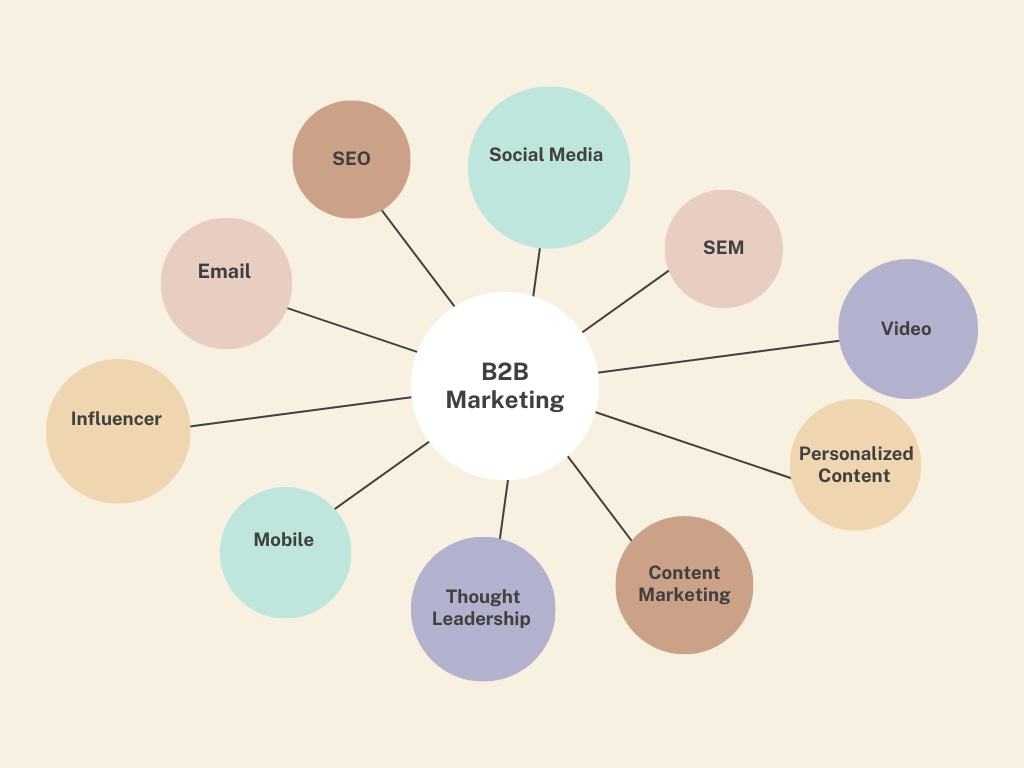
A vibrant digital network map, symbolizing various interconnected B2B marketing strategies.
Video Content: The Heart of B2B Marketing
Video content has become a cornerstone in the B2B marketer’s toolkit, offering an unparalleled medium to engage, inform, and influence potential clients. Whether it’s through detailed product demonstrations, compelling customer testimonials, or insightful thought leadership pieces, video has the unique ability to bring a brand’s story to life, making it an indispensable tool in today’s digital marketing landscape.
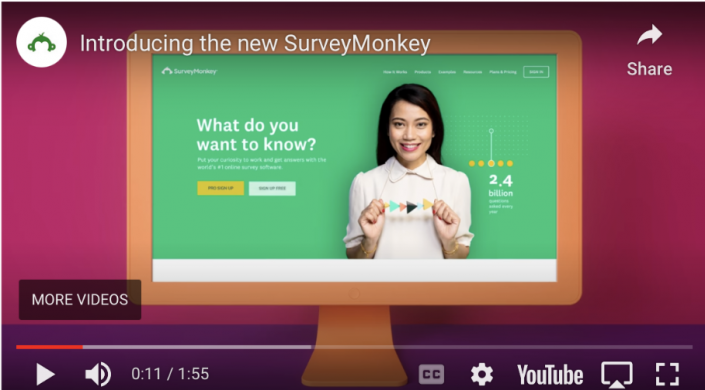

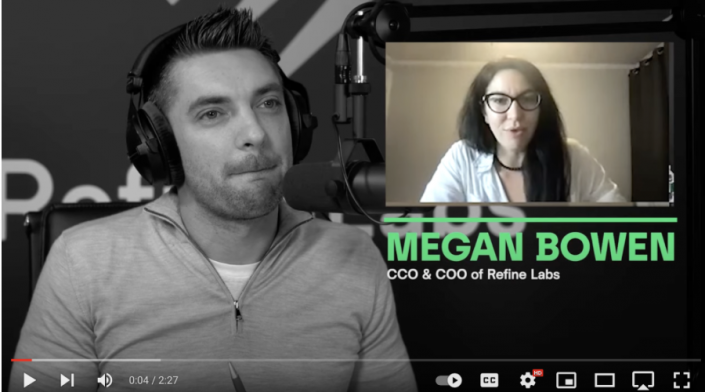
Video 2: This video from WorkingFrom_ is such a departure from so much of the B2B content we see. Its character animations make it playful, novel, and personable—the perfect vibe for an explainer video.
Video 3: Informational webinar about how to leverage B2B customer stories on websites for maximum impact.
Authentic Content
a. AI-Driven Personalization
AI-driven personalization is revolutionizing how we approach B2B content. AI personalization involves using big data and machine learning algorithms to tailor products, services, and content to the specific needs of individual users. They can build detailed profiles that adapt over time based on user behavior, location, browsing history, and purchasing decisions. By 2023-2024, around 70% of businesses will be utilizing AI-driven personalization features in their marketing efforts. This surge is due to AI’s ability to analyze customer data, enabling marketers to craft highly personalized and relevant content, thereby enhancing engagement and strengthening customer relationships. Examples include personalized content displays in apps like McDonald’s drive-through menu boards, targeted messaging based on customer profiles, and intelligent product recommendations using systems like Amazon Personalize. This approach is transforming how brands connect with their audience, making interactions more meaningful and effective.
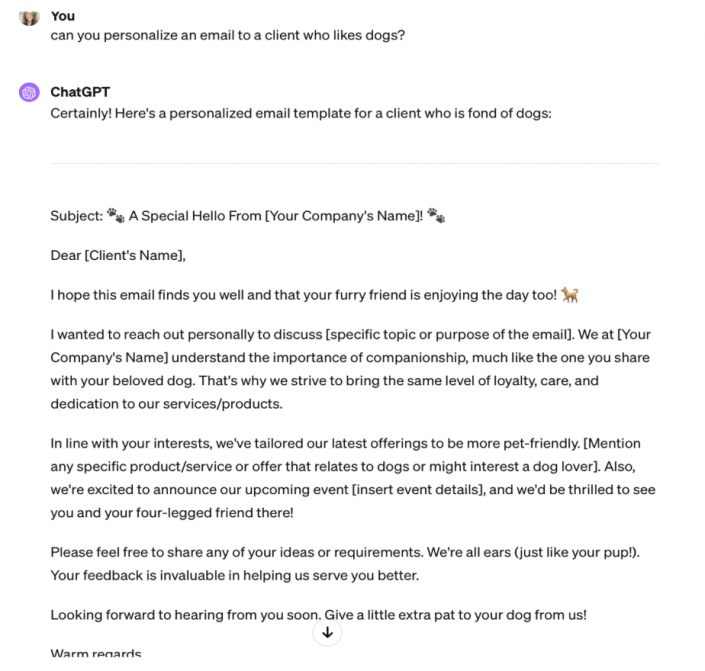
Visual showcasing how AI can be used for various personalization tasks.
b. Value-Driven Content: The New Norm
Providing helpful and informative content to users continues to dominate B2B marketing. To create high-quality, value-driven content, focus on storytelling that is human and relatable, avoiding industry jargon and buzzwords. Craft content as if engaging in a one-on-one conversation with your various audiences, addressing their specific needs and decision-making processes. Diversify your content strategy by incorporating various elements such as infographics, interactive posts, and user-generated content. For instance, repurposing a successful blog article into different formats like YouTube videos or newsletters can significantly boost traffic and engagement. By producing high-quality content that addresses specific industry challenges, brands position themselves as trusted advisors, fostering deeper connections with their audience.
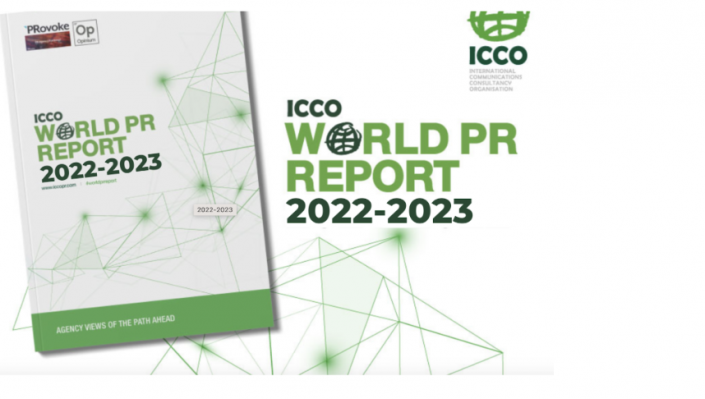
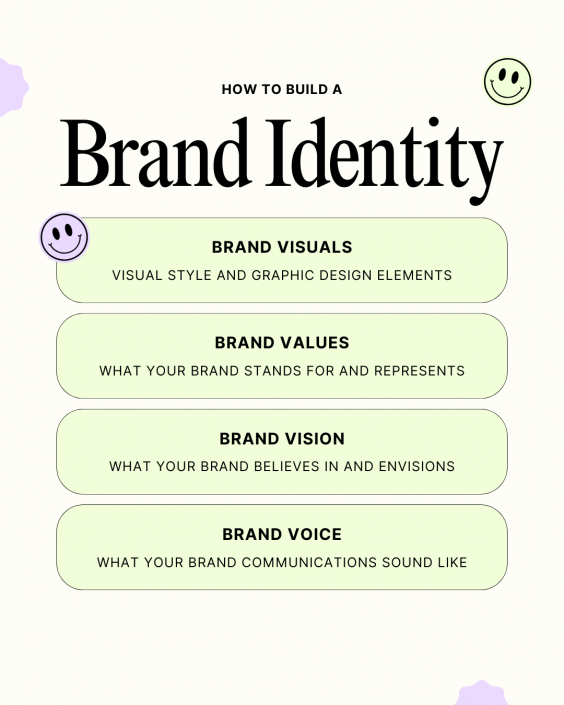
Various types of value-driven content, such as in-depth industry reports and practical how-to guides from Canva and ICCO.
c. Executive Thought Leadership: Building Authentic Connections
Thought leadership has become more crucial in 2024’s B2B tech marketing. By sharing genuine insights and expertise, executives and industry leaders are forging authentic connections with their audience, enhancing brand credibility and trust. For instance, Deloitte’s ‘Watch & Listen’ section on their Insights blog showcases thought leadership through engaging media like podcasts and videos, making their content both informative and appealing. Similarly, Gartner for Marketers, formerly L2 Inc., utilizes their YouTube channel effectively. Their founder, Scott Galloway, presents unique, confrontational yet insightful perspectives, making their videos stand out for their distinct style and humor, thereby establishing the company as a thought leader.

Thought leader engaging with an audience at a live event.
Email Marketing: Tailoring Messages for Impact
Email marketing continues to be a powerful tool. The effectiveness of email marketing hinges on its ability to deliver personalized, engaging, and timely content. A staggering 52% of consumers say they’ll switch to another brand if an email is not personalized, underscoring the critical importance of crafting messages that cater to individual preferences and stages of the buyer’s journey. Segmenting audiences and personalizing messages not only result in higher engagement but also strengthen customer relationships, highlighting how essential personalization has become in today’s digital marketing world.
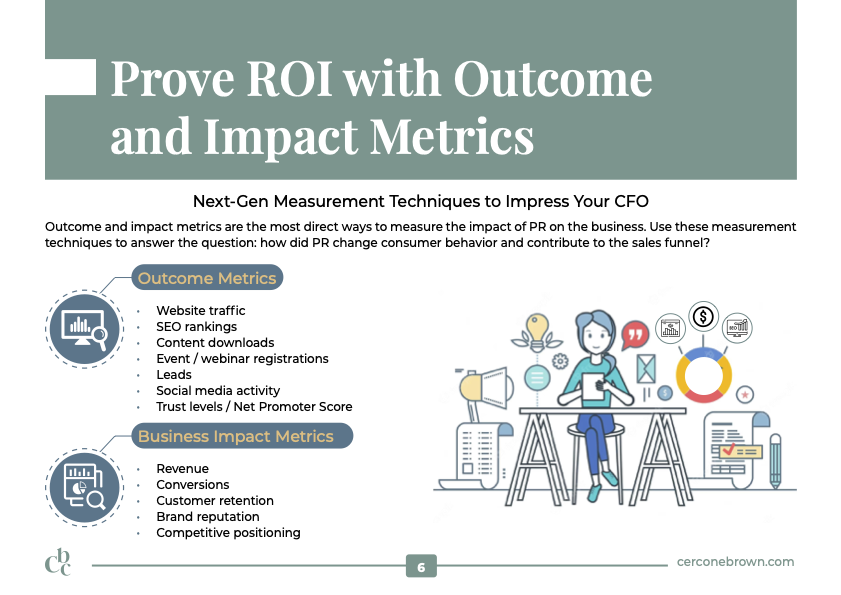
Excerpt from CBC’s guide on “Connecting PR to Business Value”

A creatively designed B2B email to be used for sales pitches to clients in the marketing space.
LinkedIn has transformed into an indispensable platform for B2B marketing. It’s a space where brands don’t just network; they engage, educate, and inspire. Effective use of LinkedIn means creating content that resonates, participating actively in industry conversations, and leveraging the platform’s robust targeting capabilities for maximum impact. This includes strategically crafted posts, insightful articles, and targeted ad campaigns that speak directly to the needs and interests of your audience. Incorporating thought leadership into your LinkedIn strategy, by sharing expert insights and industry trends, can significantly enhance your brand’s authority and influence. Remarkably, LinkedIn Conversation Ads are known to drive 4 times higher open rates and 4 times higher engagement rates than email, and twice the engagement as Message Ads, making them an effective tool for thought leaders to expand their reach and impact.
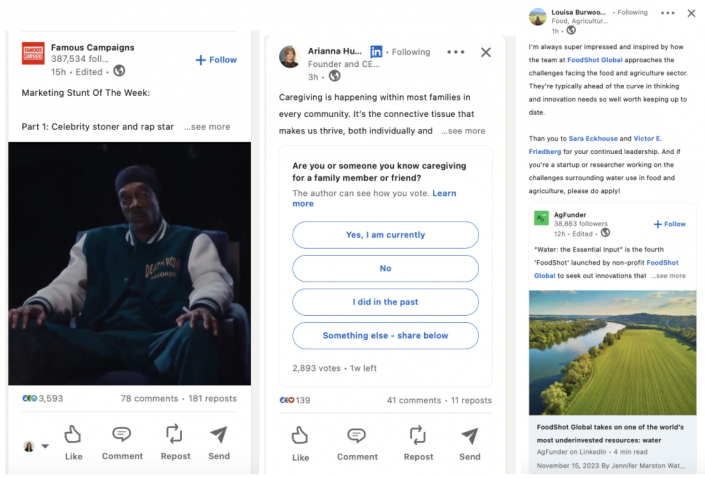
A snapshot of a LinkedIn feed featuring a variety of engaging B2B content, from thought leadership articles to interactive posts.
The Critical Role of Mobile Optimization
With more than 50% of the world’s internet traffic coming from mobile devices, optimizing B2B marketing for mobile is essential. This means creating mobile-friendly content, ensuring websites and emails are responsive, and considering mobile-first strategies in all digital marketing efforts.

A mobile-optimized B2B platform.
All of these B2B marketing trends are an important part of the puzzle, allowing you to connect and reach your target audience. If you need help getting your message out, we’d love to chat.
About the Author
Hayley Caligor is an Account Executive at CBC, where she works to help clients in the healthcare, beverage, and consumer health industries tell their stories through communications campaigns, thought leadership initiatives, and media relations
